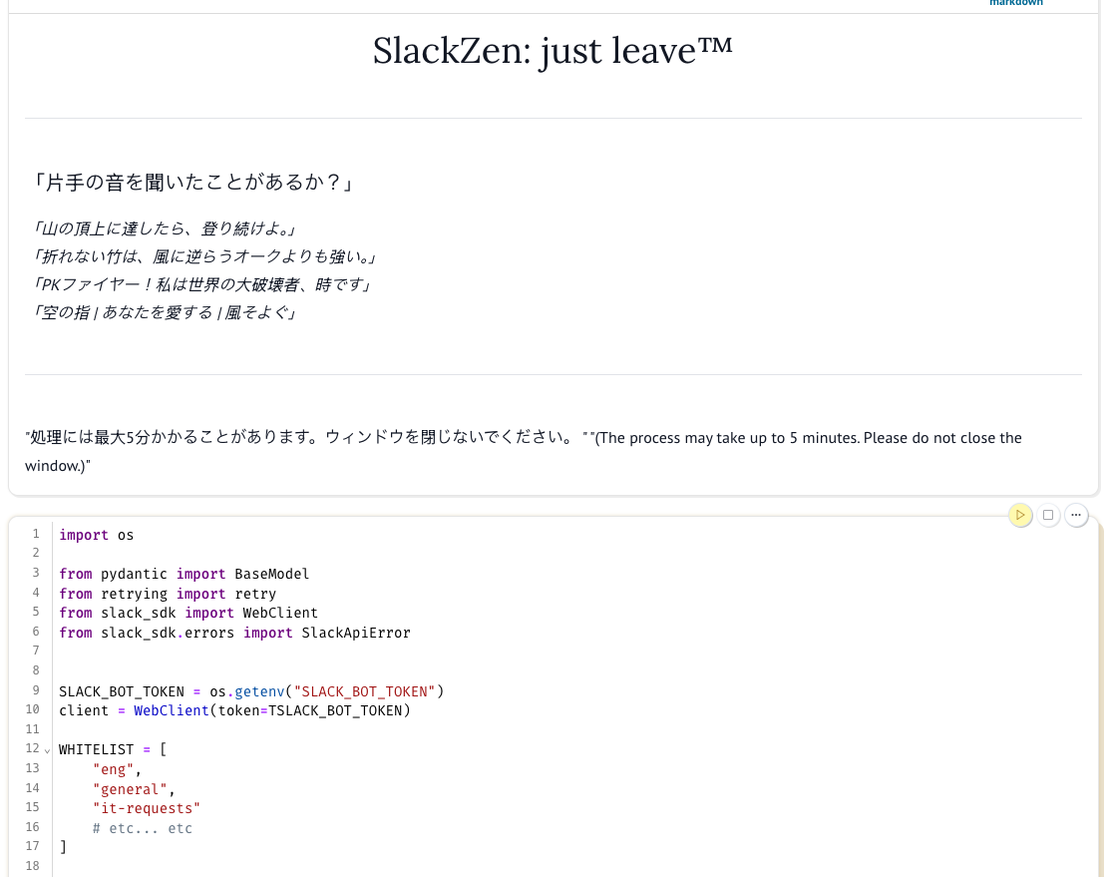
Security theatre & what actually protects your code
- pk
- Software , Engineering
- July 13, 2025
Table of Contents
Summary: Your SOC 2 badge won’t stop hackers. Here’s what will.
Key Takeaways:
- Compliance theater creates false confidence while leaving real vulnerabilities open
- Social engineering beats your 27-character password policy every time
- Focus on detection and response, not prevention checkboxes
- Real security is boring, invisible, and constantly evolving
The Compliance Trap: Why Passing Audits Doesn’t Mean You’re Secure
Equifax had SOC 2. They also had 145 million records breached through an unpatched Struts vulnerability.
Target passed PCI compliance. Still lost 40 million credit card numbers to malware from an HVAC vendor.
Here’s the dirty secret every security professional knows: compliance frameworks test whether you have policies, not whether those policies work. It’s like testing a car’s safety by checking if it has seatbelts, not whether anyone wears them.
Security Practices That Look Good But Don’t Work
Let me show you the greatest hits of security theater:
Password rotation every 90 days: Congrats, you’ve trained users to create Password1!, Password2!, Password3!. The attackers thank you for the predictable pattern.
Blocking USB ports: Great for 2010. Meanwhile, your developers are sharing AWS keys in public GitHub repos.
Annual security training: One hour of clicking through slides about phishing. Same week, finance wire-transfers $50k to a spoofed vendor email.
VPNs for “secure” remote access: Your users connect to public WiFi, VPN into the corp network, then browse malware-infected sites. The VPN just brings the infection inside your perimeter.
Complex firewall rules: 500 rules. 473 of them unused. 20 blocking legitimate traffic. 7 actually useful. But hey, it looks impressive in the audit.
I once worked with a company that spent $200k on a “military-grade” firewall. Same year, an intern accidentally exposed their entire customer database through a misconfigured S3 bucket. The firewall worked perfectly.
Why Social Engineering Beats Technical Controls Every Time
Your security is only as strong as your weakest human. And humans are weak.
Real attack that worked: Attacker calls IT, claims to be remote employee locked out. Has enough LinkedIn info to sound legit. IT resets password. Game over.
Another one: Fake invoice from “Zoom” for $399 renewal. Accounting pays it. Attacker now has valid credit card for testing stolen numbers.
My favorite: USB drive labeled “Confidential Salary Info” left in parking lot. 60% plug in rate. I’ve seen this work at security companies.
You can have perfect technical controls. Doesn’t matter when someone holds the door open for a “delivery guy” who installs a keylogger in your conference room.
Building Security That Actually Stops Attackers
Forget prevention. Focus on detection and response.
Assume breach: Stop pretending you can keep attackers out. Design systems to limit damage when (not if) they get in.
Canary tokens everywhere: Hidden files that alert when accessed. Fake AWS keys that trigger alarms. Dummy data that phones home. Attackers can’t resist looking around.
Behavioral monitoring: Your accountant suddenly accessing engineering repos at 3am? That’s worth investigating. Most “advanced” attacks look obvious if you’re actually watching.
Minimal access by default: Nobody needs production access on day one. Make people request what they need, when they need it. Friction here is good.
Kill switches that work: Can you revoke all access in 60 seconds? Can you roll back deployments instantly? If not, you’re hoping attackers are polite enough to wait.
Regular fire drills: Not “tabletop exercises” where you discuss theoretical responses. Real drills where you kill prod access and see who screams.
Examples from the Breach Graveyard
Uber (2016): Hackers found AWS keys in a private GitHub repo. Paid $100k to delete data and keep quiet. Plot twist: they didn’t keep quiet.
SolarWinds (2020): Password to update server was “solarwinds123”. On public GitHub. For months. 18,000 customers compromised through “secure” update mechanism.
Capital One (2019): Ex-AWS employee exploited misconfigured WAF. Had SOC 2, PCI, and 23 other compliance badges. Still lost 100 million records.
Notice the pattern? None of these were sophisticated “cyber attacks.” They were basic failures dressed up as advanced threats because admitting the truth is embarrassing.
The Security That Nobody Talks About
Real security is boring:
- Patching systems within 48 hours
- Actually reading logs (not just collecting them)
- Testing backups by restoring them
- Saying “no” to executives who want exceptions
- Firing vendors who fail security reviews
- Admitting when you’ve been breached
It’s not sexy. Doesn’t make good conference talks. Can’t sell it as a product. But it works.
The best security team I ever worked with had three rules:
- If it’s not monitored, it doesn’t exist
- If you can’t explain it, you can’t secure it
- If it’s not tested monthly, it won’t work when needed
They had fewer certifications than anyone. Also fewer breaches.
The Bottom Line
Security theater makes everyone feel better while accomplishing nothing. Real security makes people uncomfortable because it acknowledges uncomfortable truths.
Your pretty compliance certificates are participation trophies. Your 47-page security policy that nobody reads is fantasy fiction. Your annual penetration test is security cosplay.
What actually protects you:
- Engineers who care about security because you made it easy
- Detection systems that actually get investigated
- Response plans that have been tested under pressure
- Leadership that values security over compliance theater
Stop optimizing for auditors. Start optimizing for attackers. They’re the ones who matter.
The companies that get breached aren’t the ones with the longest security policies. They’re the ones who confused checking boxes with checking reality.



